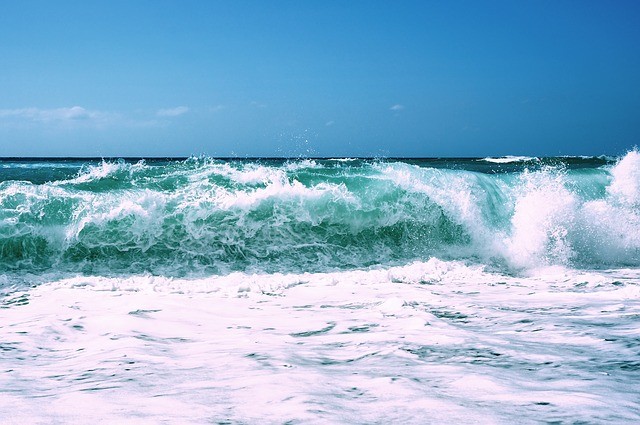Scientists at the Centre for Aerosol Impacts on Climate and Environment created an artificial phytoplankton boom in order to study the connection between the ocean microbes and environment.
This model helped them to study the interaction between microbe infested ocean water and the environment. They found that this interaction is responsible for the production of marine clouds globally.
According to News Everyday, Kimberly Prather at the Department of Chemistry and Biochemistry at University of California, the prospect of creating such a pioneering model which could map the relation between oceanic microbes and atmospheric sea spray.
She added that these chemical changes made way for alterations in the reflectivity of the marine clouds. This subsequently affects the dispersion of sunlight in an area hence affecting the weather conditions of the area. Besides, she also believed that this model will vouch for creation of more accurate and efficient climate models in the future.
The team used over 3000 gallons of sea water from the Californian coast to create an artificial Phytoplankton boom in a controlled Ocean Atmosphere Wave machine. When the Phytoplankton disintegrates in sea water then it releases different molecules such as proteins, sugars and lipids. These molecules help to create aerosolized sea droplets.
However, according to Phys.org, the ultimate goal of the experiment is to prepare more accurate computerized climate models for representing aerosol chemistry. However, the study used data from the National Science funded Investigation into Marine Particles Chemistry and Transfer Science (IMPACTS) study.
While conducting the IMPACTS study scientists found that the variation in the concentration of microbes in each bloom had a profound influence on the presence of water insoluble particles that aid the creation of aerosols.



























